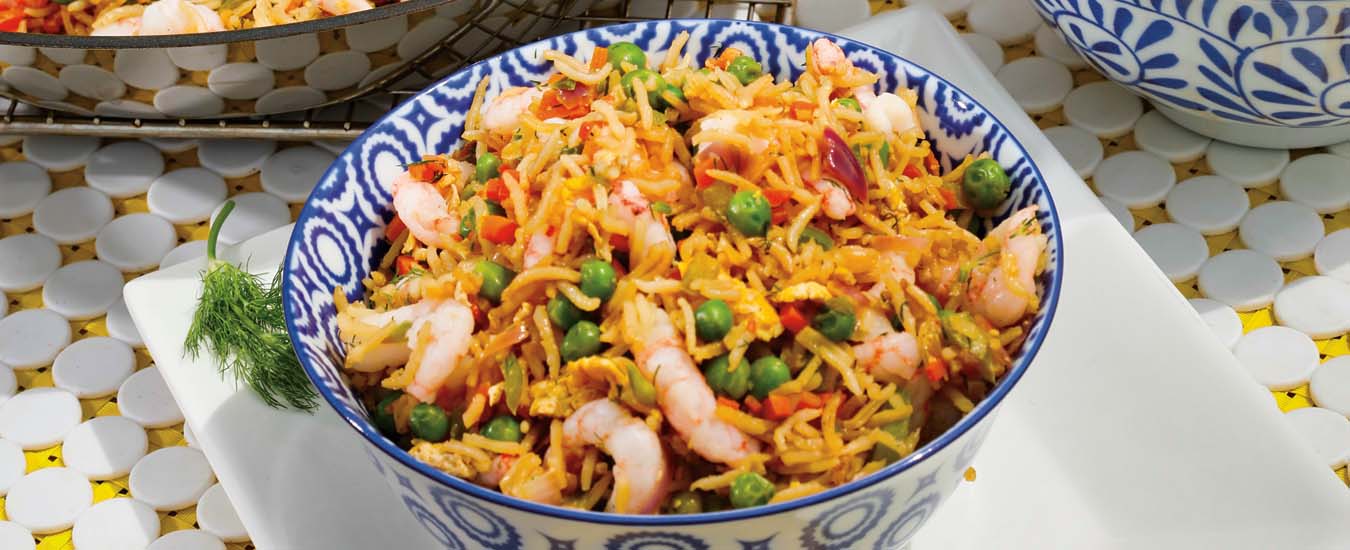Delicious and versatile, perfect for summer meals
Produits Belle Baie limitée is a company that has faced its share of challenges, and in true Atlantic fashion has survived to tell the tales. Belle Baie has been in business for more than 50 years, having started operations in 1969 in Caraquet, NB where they opened their snow crab meat processing plant with 125 employees.
In 1970, they diversified their operations and added a shrimp (coldwater) cooking and peeling processing department. In 1971, a production line for ground fish was added and in 1977, Belle Baie opened its new cold storage facility with a holding capacity of 3 million pounds. This cold storage building also houses a modern filleting production line for herring and alewives (gaspereaux). By 1983, 725 employees were working for Belle Baie, processing seafood supplied by 27 local boats employing 97 fishermen.
Given the challenges in securing crab supplies due to fierce competition in raw material costs, Belle Baie had to rationalize its production lines. In the 90s, the federal government closed various ground fish fisheries in the Gulf of St. Lawrence. Within a few years, access to cod, redfish (ocean perch) and other species were unavailable due to conservation purposes. This left no alternative to Belle Baie but to focus their attention on herring and coldwater (northern) shrimp.
Today, Belle Baie is active in coldwater shrimp and herring processing with their products being sold in Asia, Europe and North America. Ironically, the biggest challenge for the company nowadays is to find a way to sell the benefits of eating coldwater shrimp to the Maritimes and the rest of Canada.
Belle Baie concentrates their efforts on processing the Pandalus borealis shrimp which is the Latin name of the Canadian coldwater shrimp, also known as Nordic shrimp or pink shrimp.
The shrimp are caught mostly in the Gulf of St. Lawrence, at a depth of 200 to 500 metres, in icy cold and pristine waters. They are also found in other parts of the Atlantic and Arctic oceans. They grow very slowly and can live five to eight years, feeding on zooplankton near the ocean floor.
Once the shrimp have been harvested, they are processed at the plant, which is still located in Caraquet. These shrimp are 100 per cent wild caught and 100 per cent locally produced. Pandalus borealis is not a shrimp species that can be cultivated or farm raised.
Before COVID-19, Belle Baie was exporting about 90 per cent of its shrimp production to Europe, Asia and USA. The remaining 10 per cent was sold on Canadian markets. Nowadays, due to COVID-19, most of their product is sold within Canada.
In season, Belle Baie offers fresh and frozen shrimp. The also pack the seafood in brine, fresh or frozen. Their products can be found at various grocers and independent retailers and fish stores in New Brunswick. The company plans to expand into the entire Atlantic region, as well as developing an online shop in the near future.
Belle Baie Coldwater Shrimp Fried Rice
